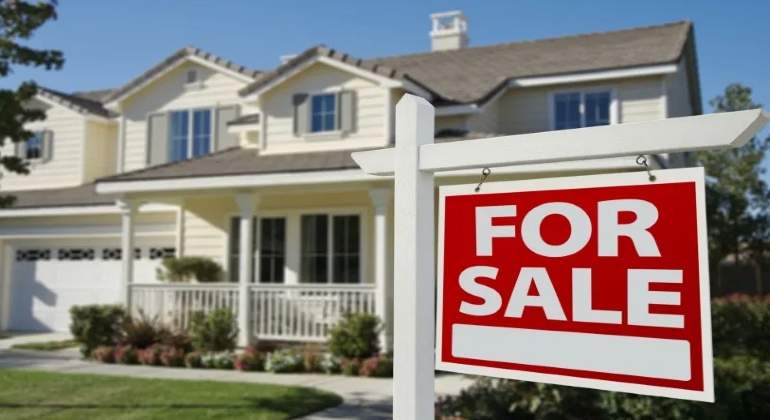Senior living inflation is skyrocketing in some parts of the U.S. These states lead the way
Seniors have been feeling the repercussions of inflation. Those 55 and older have had to cut back on health visits and meals—some limiting the heat in their homes—in order to save money this year, according to a new report.
The report released last month by Paying For Senior Care, which provides financial information for the aging population, examined how inflation affects seniors’ daily lives. The report, which surveyed 1,000 U.S. adults ages 55 and older, found one in four have had to change their lifestyle dramatically to manage inflation. Over 10% of seniors have had to forgo meals to save cash, with one in 10 having to delay medical procedures and/or ration medications to avoid spending money. On average, however, prices for senior living have been largely spared in comparison to the jacked-up prices of everything else, according to the report which used additional data from Caring.com, a resource for caregivers that provided data on the cost of rent at senior living facilities in 49 states.
“While inflation remains a serious concern for seniors and the population in general, relatively low occupancy rates in senior living communities driven by COVID-19 has largely kept inflation at bay,” says Han Hwang, executive vice president of partnerships at Caring.com, in a statement. “However, we are hearing from operators that rates will continue to increase over time—those prices just haven’t caught up yet with inflation in general.”
Assisted living prices rise each year but have only increased by roughly 3.7% on average since 2019—much lower than the national inflation increase on average of 15.6% from 2019 to 2022. The report, however, underscores that cost increases vary widely depending on where you live.
Hawaii and North Dakota faced the highest inflation increase for senior living, with costs increasing by 28% and 25.3% respectively since 2019, while South Dakota and West Virginia saw significant reduction in costs, which decreased by 15.3% and 9.2% respectively. Thirteen states joined the ranks in decreased senior living prices since 2019. For South Dakota, that looks like a $675 monthly decrease in assisted living costs for seniors, in comparison to Hawaiii’s nearly $2,200 monthly increase since 2019.
Payingforseniors.com shares a financial assistance locator tool to help seniors manage inflation through a variety of federal and local programs.
Here are the states ranked by inflation increase since 2019. (The report notes that Wyoming and North Dakota had limited data and Alaska was not included due to a lack of data.)
Hawaii: +28.0%
North Dakota: +25.3%
Montana: +17.6%
Alabama: +13.5%
Nevada: +13.2%
Missouri: +12.9%
Idaho: +11.7%
Mississippi: +11.1%
Tennessee: +10.8%
North Carolina: +9.7%
Minnesota: +9.5%
Colorado: +9.0%
New Mexico: +8.7%
Texas: +8.2%
Utah: +7.8%
Maryland: +7.3%
Arkansas: +6.7%
Ohio: +6.3%
Indiana: +6.3%
Iowa: +6.2%
Michigan: +6.2%
Vermont: +6.0%
Oregon: +5.7%
Washington: +5.4%
Florida: +5.1%
Virginia: +3.3%
Kansas: +2.8%
Maine: +2.6%
Oklahoma: +2.6%
Wyoming: +2.3%
Arizona: +2.2%
Georgia: +1.5%
Wisconsin: +1.0%
South Carolina: +0.7%
Pennsylvania: +0.7%
California: +0.2%
Here are the states where costs are decreasing:
Massachusetts: -0.4%
Kentucky: -0.5%
Nebraska: -1.0%
Connecticut: -1.5%
New Jersey: -1.7%
New York: -1.9%
Rhode Island: -2.2%
Illinois: -2.6%
Delaware: -2.9%
New Hampshire: -5.9%
Louisiana: -8.2%
West Virginia: -9.2%
South Dakota: -15.3%
Read more @Fortune
249 views










